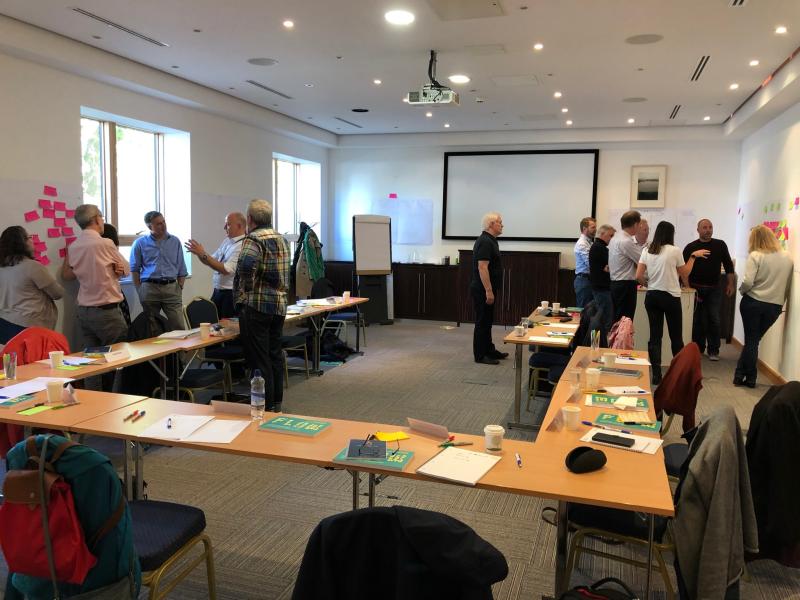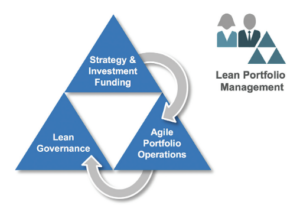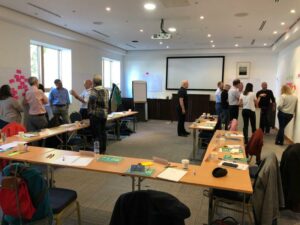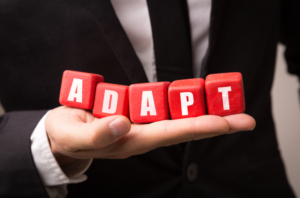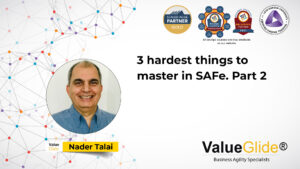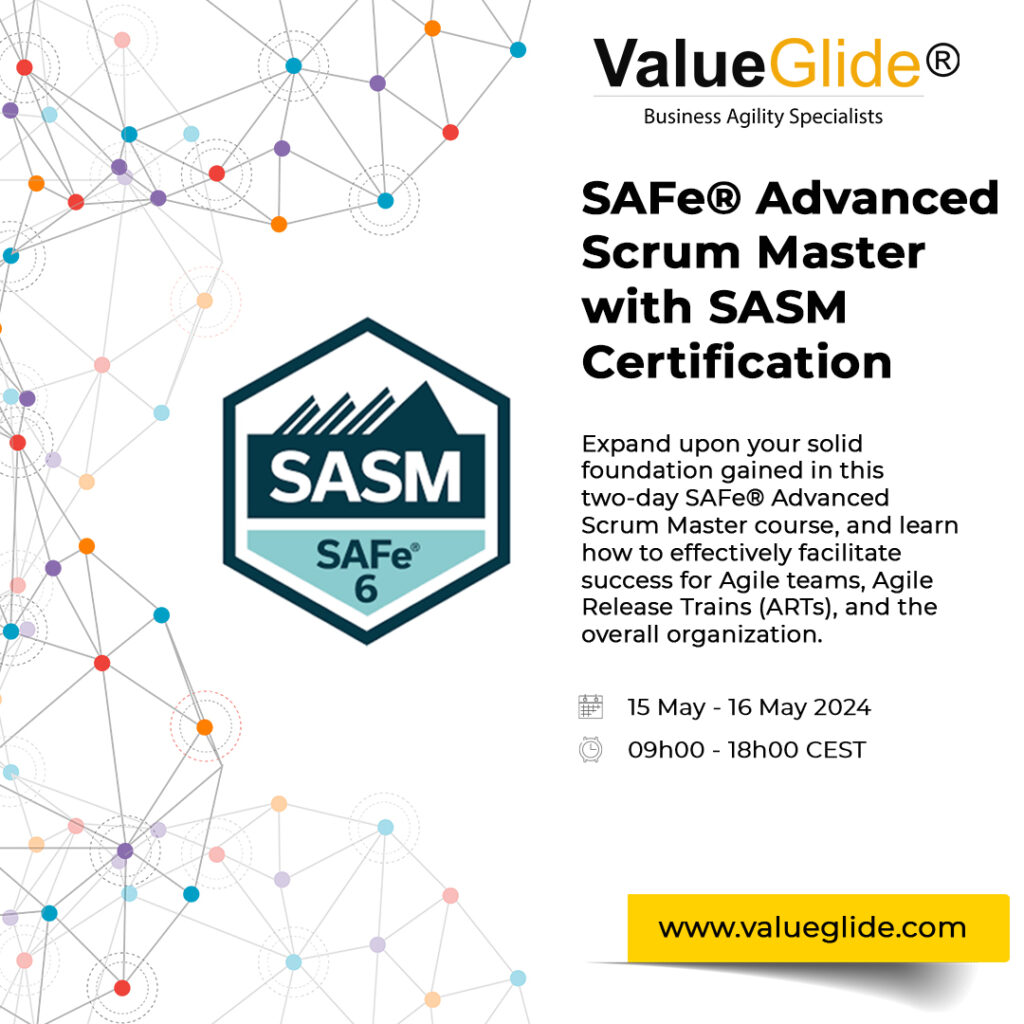The Flow framework from Flow Academy is a creation from Fin Goulding and Haydn Shaughnessy. There are two books on it (Shaughnessy and Goulding, 2019), (Shaughnessy and Goulding, 2018). Fin Goulding gives a testimonial on the back of Mik Kersten’s from Project to Product book (Kersten, 2018), where Kersten’s Flow framework is featured. Mik Kersten’ sFlow and Flow from Flow Academy are separate Flow frameworks. Also, Flow from Flow Academy should not be confused with The Principles of Product Development Flow: Second Generation Lean Product Development (Reinertsen, 2009).
Most, if not all people, all have mental models. When I read the books by Haydn and Fin, I saw visual management, intelligent visual management designs, and DevOps. I hadn’t noticed work item start dates, work item end dates, WIP limits, flow optimization, throughput optimization so much. I saw complaints about Agile frameworks, and I took those complaints with a pinch of salt. After all, how many times do we see any framework implemented correctly? Is that the fault of the method/framework or of those who applied them. Perhaps it’s both. When counting the disciplined implementation of methods/frameworks as their creators intended, I wouldn’t get past the number of fingers on my two hands. And I rarely saw Waterfall implemented as designed in the original paper by Winston Royce. Thankfully, the pitch for Flow is much more upbeat now. The pitch is about helping organizations become more effective with whatever they’ve got in place already. I am happy about that as the noise was masking a key benefit of Flow. Bear with me until I get back to that.
Most discovery approaches in late 2019 come from a variety of Design Thinking, Lean UX, or the Lean Startup. To be fair to Design Thinking and Lean UX, they take design seriously. Most approaches rely on customer feedback. The problem is that customers mostly don’t know what they want. Customers effectively rationalize what they think they want. More often than not, customers don’t know what they want.
For this reason, I love Customer Jobs To Be Done (Ulwick, 2019). GE’s attempt at Lean Startup did not yield the desired results as I see it. Lean UX uses proto-personas, which results in people quickly guessing meta-customer-profiles. I like Lean UX more than the rest. Lean UX supports the journey from assumptions & problem statements, through hypotheses & experiments, through story-boarding & customer interviews, to prototyping (from low fidelity to high fidelity). Lean UX supports research work items. In particular, I like Professional Scrum with UX. That’s my bias.
I believe Flow addresses two gaps in the market that are still unmet.
1). That is a micro-focus on customer segmentation, entirely dissimilar to the approach used by most marketing departments.
2). Most discovery approaches use canvases that sooner or later “fill the funnel,” even if a test & learn approach is applied.
Why is Flow different?
Flow’s positioning is post-Agile. It’s got a 2020s approach to customer segmentation. I participated in the exercises for a complex problem, investments for individuals in the 2020s. In one of the two workshops I attended, the audience was presented with some research data. That data for our thinking didn’t constrain the group. Within 20 minutes, we found roughly 50 customer segments, segments most people never bother to discover. If we had used other approaches, depending on how well my team brainstormed, we might have found the same. But, in my experience, we would only have discovered maybe five or so proto-personas. Is that good, is that bad? I don’t know. What I do know is my group found a particular customer segment to zone in on that I doubt we would have found without application of the Flow approach. This phenomenon happened twice, one year apart. Then there is Flow’s CATE model which assists with focus on a category of customer segments or a particular segment to discover
1). customer success factors,
2). assets we perhaps take for granted and probably forgot about that might help,
3). innovation ideas, and
4). the support needed from the ecosystems.
The CATE model is an iterative fly-wheel 4 quadrant canvas, but it’s about what should we focus on first rather than filling a funnel. I didn’t have to apply typical facilitation techniques such as dot voting as my group went through the CATE model. Silent brainstorming was constructive when we got to issues and risks. The conversations were more relaxed than the usual conversations I witness because Flow is primarily about social interaction, with a similar feel to story mapping. Social interaction is Flow’s big selling point. The complexity of thinking was akin to the reflection I saw previously in exploratory testing, with people “bouncing off each other,” prompted by “working out loud.” My group listed (low, medium, and high) issues and low to high probability/impact risks. We discovered innovation ideas. Those ideas were designed to help manage risk more proactively — not a risk-mitigating action or owner to be seen anywhere. The innovation ideas formed the based of a pruned Backlog. I see Flow maybe not as the authors intended. I see Flow as a technique for pruning Backlogs regularly and for avoiding unnecessary significant investments. Sure it does everything else you’d expect, such as visual management, Kanban, DevOps. Yes, proper Kanban is expected, and it’s expected that you’ll learn how to do Kanban somewhere else. I believe Flow is not a type of knowledge work Kanban like Scrum with Kanban, Kanban – the Flow Strategy, or the Kanban Method. Flow expects one to get Kanban already. Flow doesn’t have sprints, but I guess if you already have sprints, it doesn’t stop you from having them. Flow breaks everything down into two day Work Items, typically, and not always, through the application of micro-services.
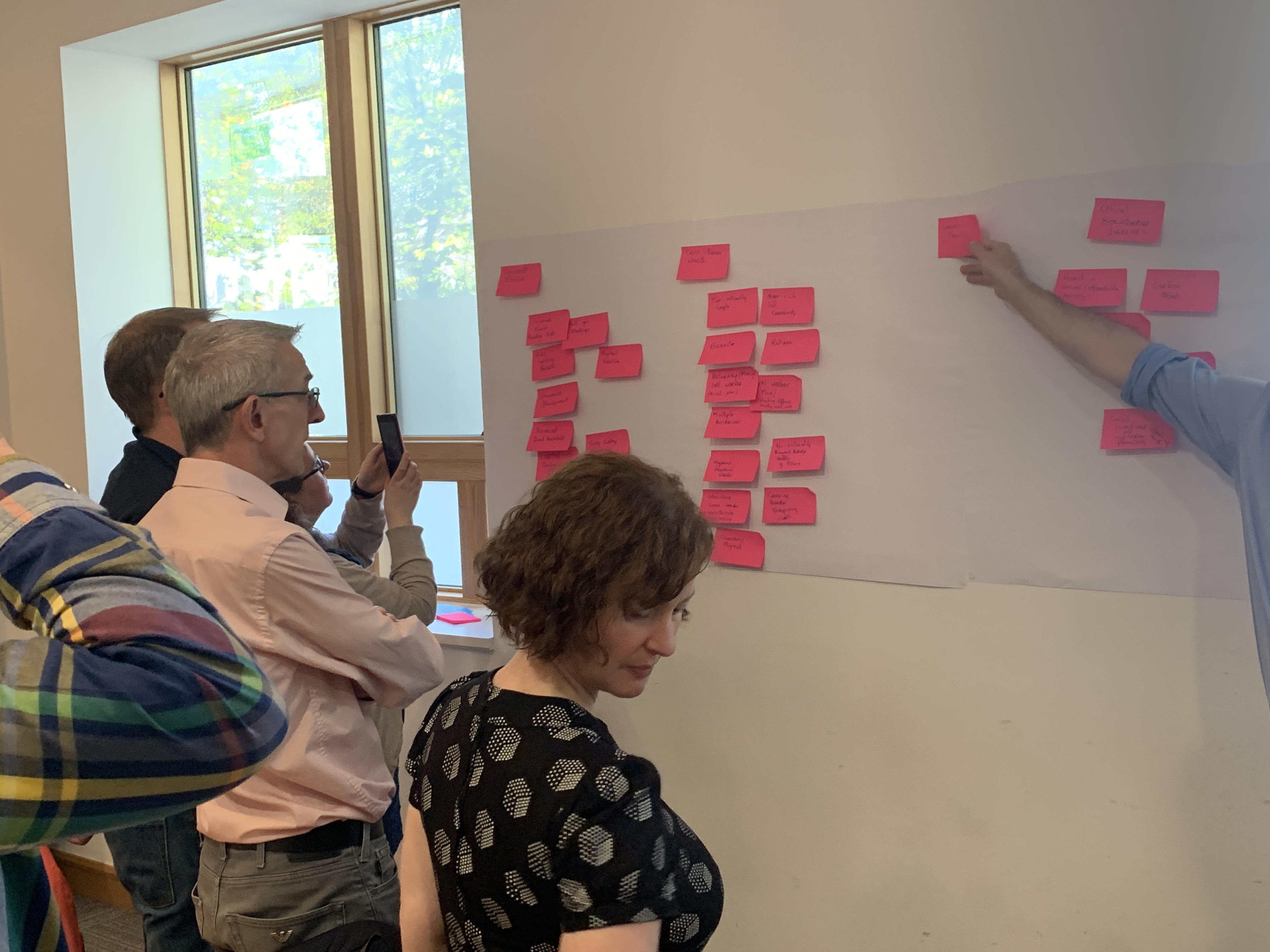
Each Flow workshop I attended was full, interactive, social, and came with one of the Flow books. What a pleasure to see both Haydn and Fin in action, and I was similarly impressed by Haydn and Fin separately. If you want to add some spice to your customer segmentation and reduce organizational over-burdening, check it out. Combine it with what you do, whether that is Lean UX, Design Thinking, Scrum, Kanban, Waterfall, or whatever. I’d be surprised if you won’t love the twelve-point Flow manifesto. Flow has it all. It is post-agile.
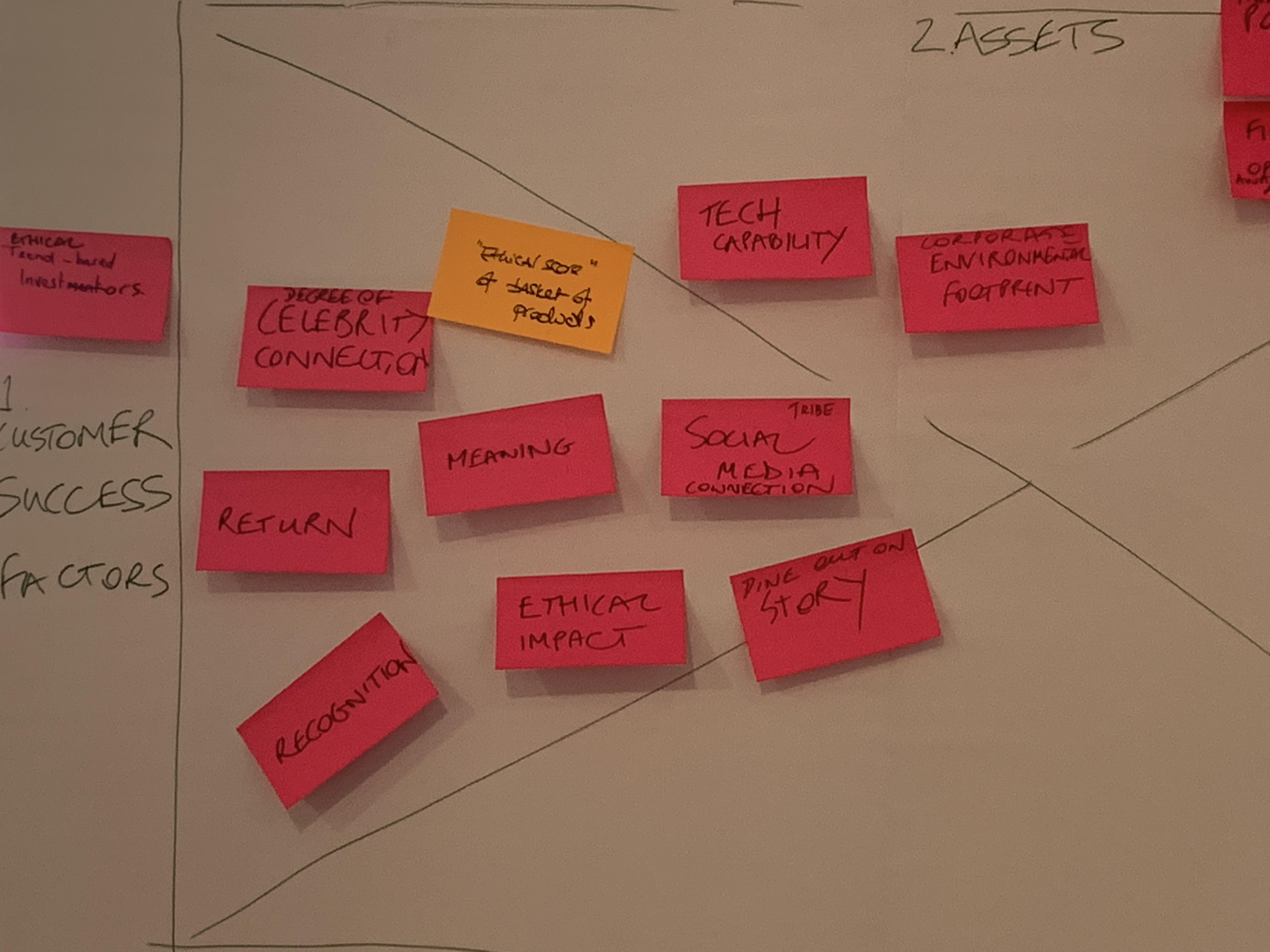
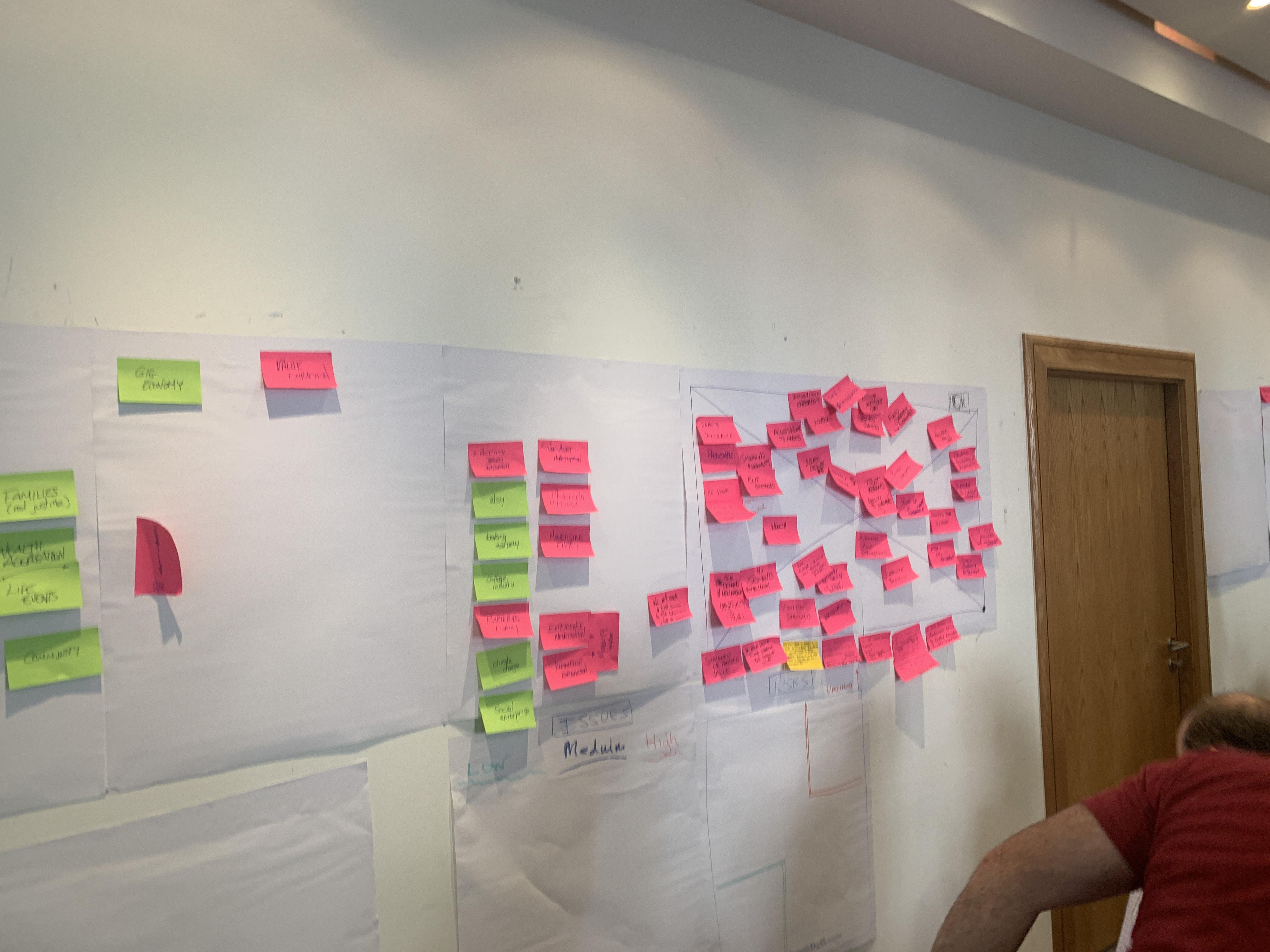
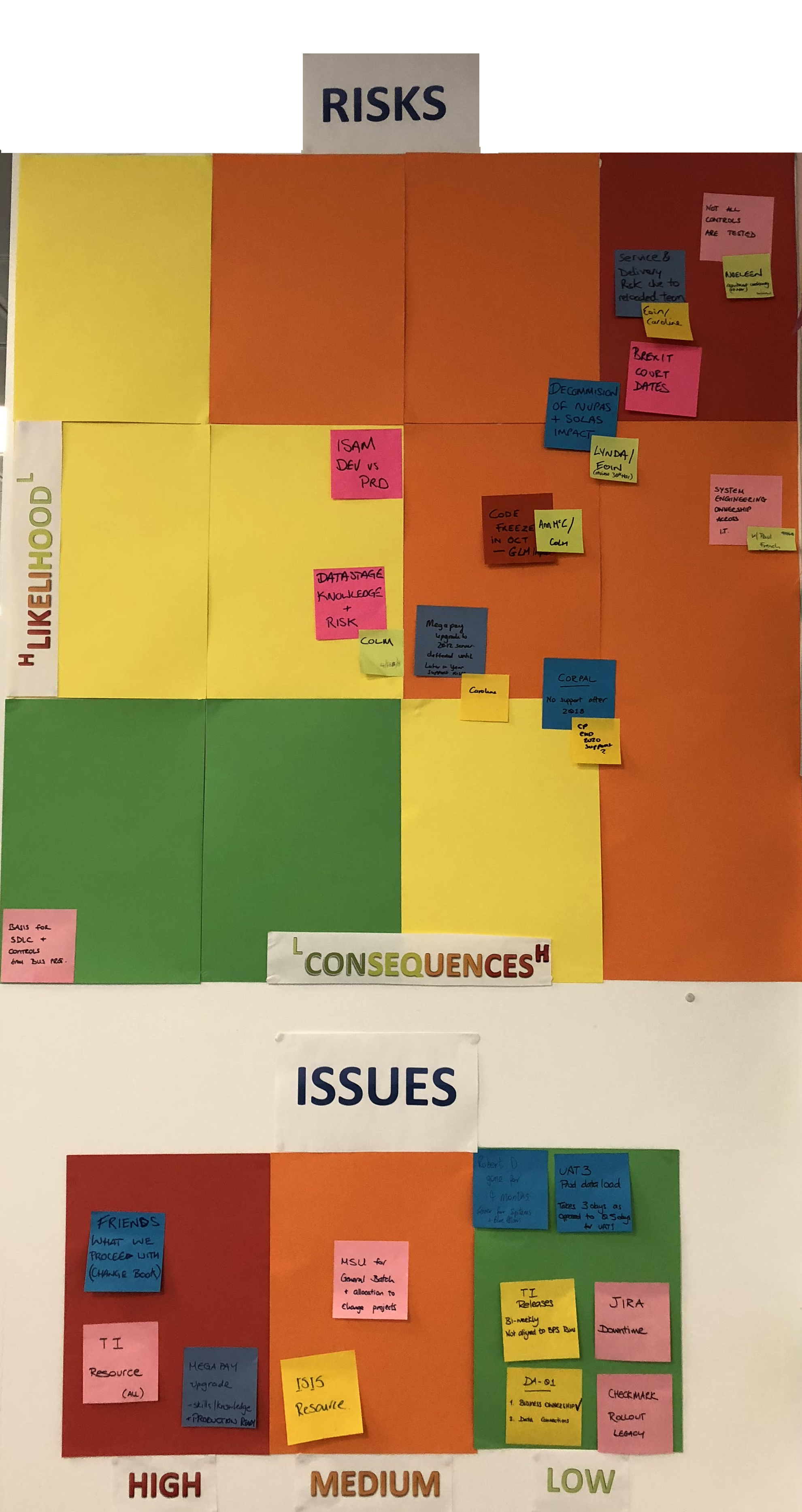
Kersten, M. (2018). Project to Product : How to Survive and Thrive in the Age of Digital Disruption with the Flow Framework. IT Revolution Press.
Reinertsen, D. (2009). The Principles of Product Development Flow: Second Generation Lean Product Development.
Shaughnessy, H. and Goulding, F. (2019). Flow Academy – The Framework for Business Agility. [online] Flow-academy.org. Available at: https://flow-academy.org/ [Accessed 24 Mar. 2019].
Shaughnessy, H. and Goulding, F. (2019). Flow: A Handbook for Change-Makers, Mavericks, Innovation Activists and Leaders: Digital Transformation Simplified. 1st ed.
Shaughnessy, H. and Goulding, F. (2018). 12 Steps to Flow: The New Framework for Business Agility.
Ulwick, T. (2019). The Core Tenets of Jobs-to-be-Done Theory. [online] Jobs-to-be-Done + Outcome-Driven Innovation. Available at: https://jobs-to-be-done.com/the-5-tenets-of-jobs-to-be-done-theory-ba58c3a093c1 [Accessed 28 Mar. 2019].

